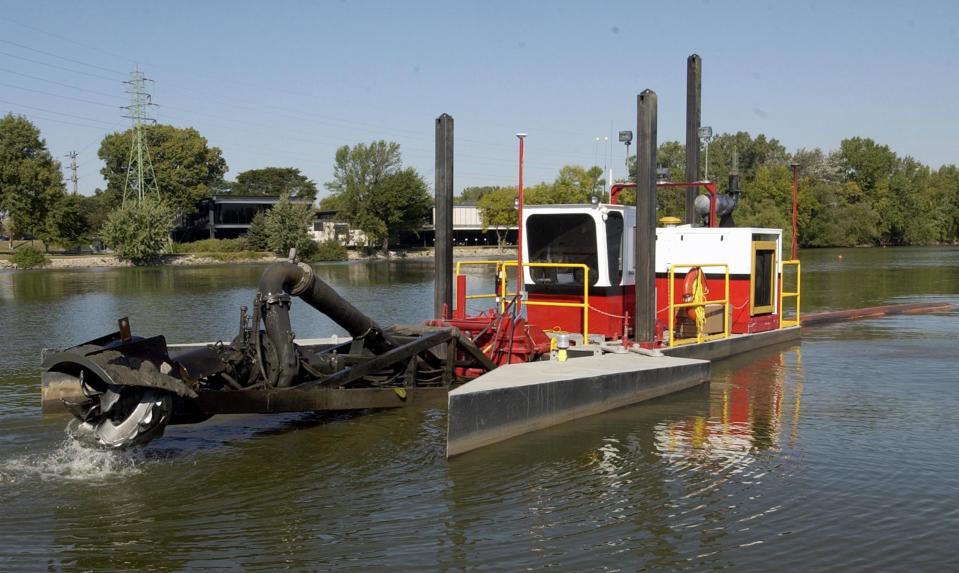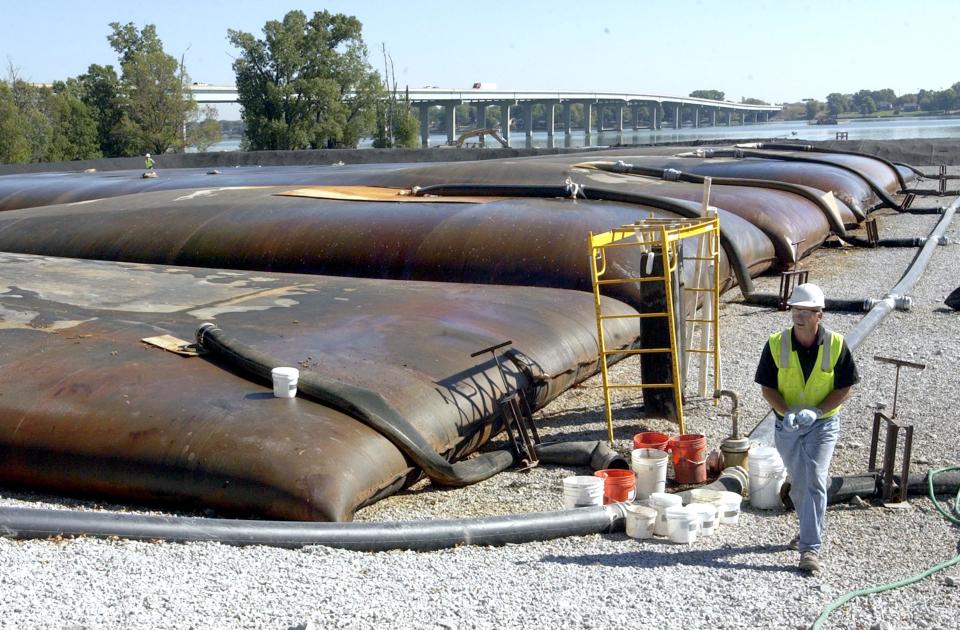Fox River cleanup reduces PCBs in Little Lake by more than 80%, but fish advisories remain
Reader question: It's been nearly 15 years since Little Lake Butte des Morts was dredged and capped to limit exposure to PCBs. What is the status of the water quality today? Did the cleanup work as planned?
Answer: The Wisconsin Department of Natural Resources, which maintains a website about the Lower Fox River PCB Cleanup Project, says Little Lake Butte des Morts is in a "monitored recovery stage." It is anticipated to remain in that stage at least until 2039.
I reached out to the DNR for more details and received a joint response attributed to Rae-Ann Eifert, Lake Michigan sediment and monitoring coordinator, and James Killian, a water and sediment resources management specialist.

Eifert and Killian said measurable improvements in water quality have been documented.
"Monitoring trends show that water quality has greatly improved with over 80% reduction in PCB concentrations," they said. "Sportfish have also shown significant reductions in PCB concentrations."
Watchdog Q&A: Duke Behnke answers your local government questions
Despite the reductions, fish consumption advisories remain in place. The current advisory for channel catfish, walleye, white bass, white perch and yellow perch recommends eating no more than one meal a month.
Eifert and Killian said the monitoring program will continue until the sediment, water and fish recovery goals have been met.
"At this time, the lake is trending toward recovery," they said, "and it is expected that future monitoring will continue to show measured improvements and risk reduction in the Little Lake Butte des Morts and Lower Fox River ecosystem."

PCBs (polychlorinated biphenyls) are long-lasting, manmade chemicals once used in the production of carbonless copy paper. Paper companies discharged about 700,000 pounds of PCBs into the lower Fox River between 1954 and 1971, when their use was discontinued.
PCBs in river sediments enter the food chain, causing reproductive failure and birth defects in some fish-eating birds and mammals. PCBs are considered a probable human carcinogen and have been linked to developmental problems in children whose mothers ate contaminated fish.
The Environmental Protection Agency and the DNR ordered the paper companies responsible for the pollution to carry out the cleanup. The remediation lasted from 2004 to 2020 and removed more than 6 million cubic yards of contaminated sediment from the river between Neenah and the Bay of Green Bay.
The project was divided into five operating units. The cleanup of Operating Unit 1, which extends from Lake Winnebago to the Upper Appleton Dam and includes Little Lake Butte des Morts, occurred from 2004 to 2009. During those six years, 372,000 cubic yards of sediment were removed and landfilled. In addition, 114 acres of low-level PCB deposits were capped with gravel or sand.
Post-Crescent reporter Duke Behnke answers your questions about local government. Send questions to dbehnke@gannett.com or call him at 920-993-7176.
This article originally appeared on Appleton Post-Crescent: Fox River, Little Lake head toward recovery but fish advisories remain

